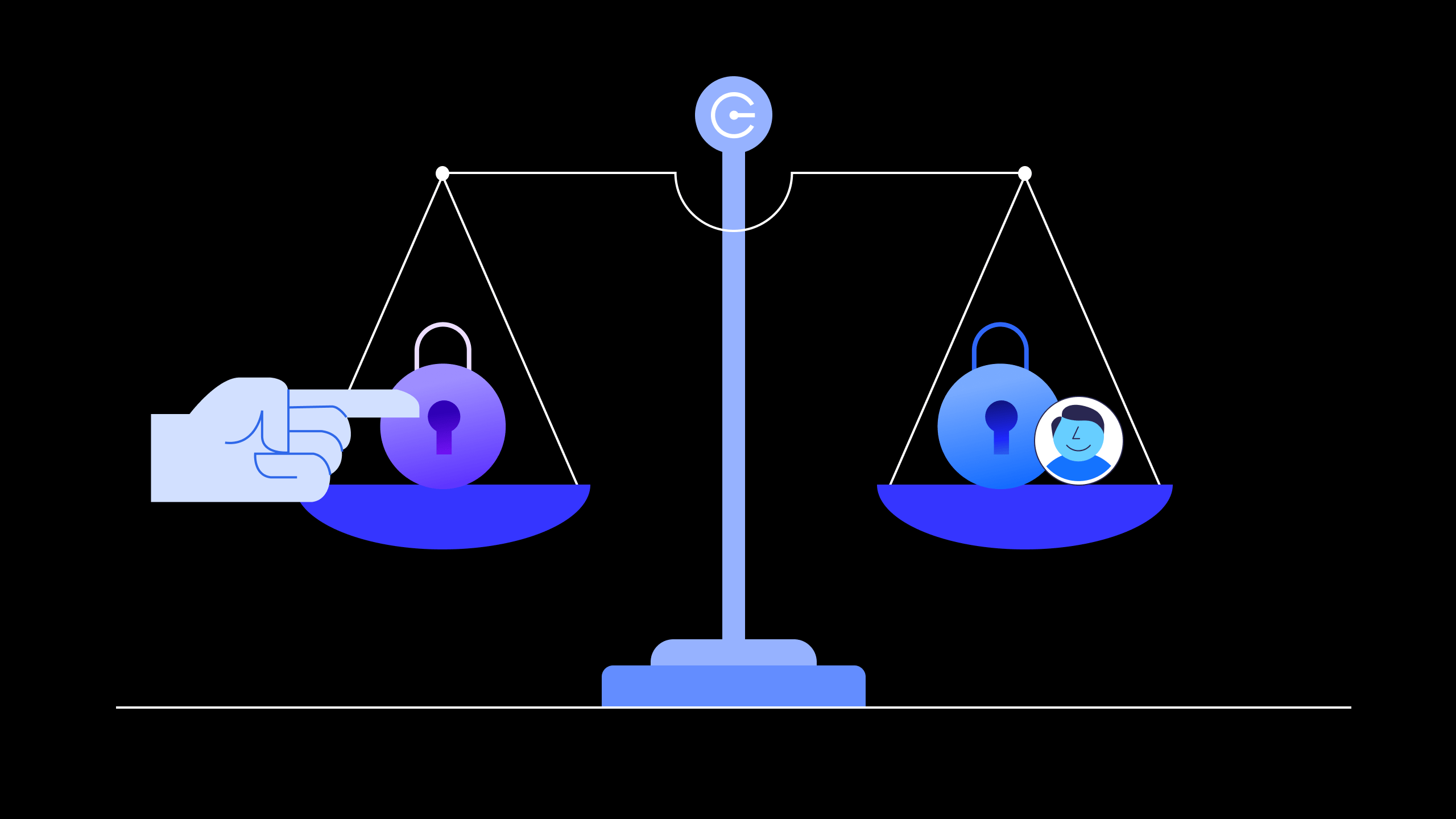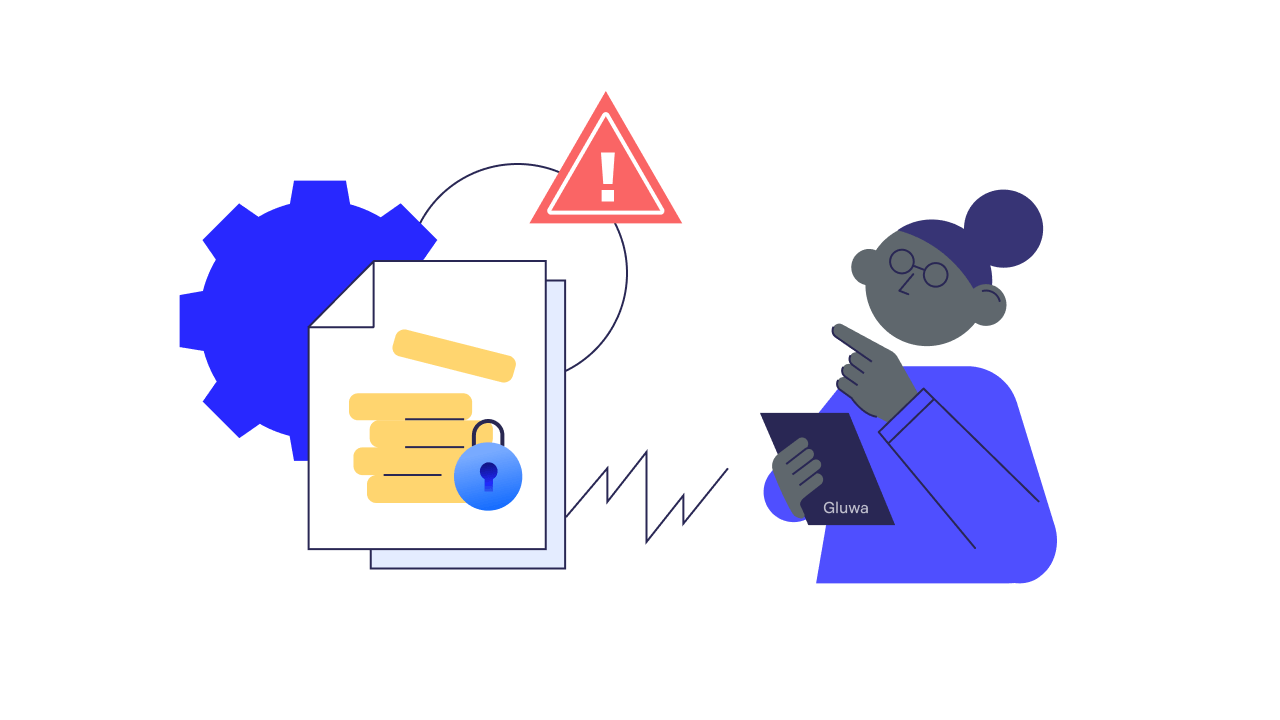The Beginner’s Guide to Staking in Crypto & DeFi
Staking in crypto and DeFi can help you earn passive income, but if you are not careful, you may lose it all. Read this guide to learn why.

Trading on crypto exchanges has become big news with more and more people using it as way of making money in recent years. But that's by no means the only way of generating yields from your crypto holdings. Staking in crypto and DeFi has now emerged as a legitimate way to put your crypto to good use and earn passive income while you're at it.
In this guide, we will take a look at what crypto staking is, how it works, the different types of staking, the benefits and risks associated with it, and more. So, if you’ve ever been curious about staking and want to know more, keep reading!

What is Staking in Crypto & DeFi?
Staking is the process of locking up crypto assets as collateral in a smart contract to help support the operations of a blockchain network. In return, users that have staked assets earn rewards from the network for their role in validating transactions. Generally speaking, these rewards come in the form of more cryptocurrency.
How Does Staking Work?
Staking works by having users deposit tokens to help execute what's known as a proof of stake consensus to secure the network. This consensus mechanism is found commonly across a number different blockchain networks, including Ethereum, Cardano, Cosmos, Polkadot, and Tezos. Staking and staking rewards are also available in many decentralized finance (DeFi) protocols. (Note, crypto staking does not apply to any cryptocurrencies that use proof of work mechanisms, such as Bitcoin, which use a process called crypto mining instead).
In a proof of stake consensus mechanism, the network selects validators to validate transactions - in other words, to add new blocks to the blockchain. To be chosen in the first place, a network user must have staked the required amount of digital assets. The more staked coins a user has, then the higher their chance of being assigned to validate the next block and earn the block rewards associated with adding that block to the blockchain.
The rewards you receive from this staking process depend on the network and the amount of coins you stake. As a general rule, the more coins you stake, the higher the rewards you will earn. These rewards can then either earn interest or you can have rewards distributed to you in the form of additional coins. In some cases, certain networks may even offer out discounts on transaction fees or provide access to exclusive services for those who stake in their network.

What's Staking and What's Not
Staking is a concept you'll come across a lot in the crypto space. However, it's important to note that not all 'staking' is the same. Whilst staking should, and normally does, refer to the validation of blocks in order to earn rewards, the term is often used interchangeably to refer to any kind of product which involves locking up tokens in order to earn rewards.
In these instances, you'll still be locking up your tokens and getting returns, but this won't be directly from validating new blocks.
Protocols often use staking for other reasons, for example, getting liquidity (e.g. CAKE), enabling governance votes, or supporting their tokenomics structure. Similarly, CeFi staking services are often just standard lending products wrapped in fancy language. In these cases, staking comes with its own set of risks.
This is why it's so important to always do your own research, understand where any staking rewards are actually coming from, and figure out why the protocol/service is incentivizing you to lock away your tokens. (Hint: it's not always for your benefit).
Genuine staking will always involve validating blocks to receive highly predictable rewards governed at the protocol level.
What are the Different Types of Staking?
There are, in fact, two main different types: self-staking and delegated staking.
Self-staking
In self-staking, you stake your coins directly on the network. To do this, you will need to download a crypto wallet and set up a staking pool. This is actually a pretty time-consuming and complicated process, so it pays to do some proper research before getting started.
Delegated staking
Delegated staking involves delegating your coins to a validator. This is done through a crypto exchange or a wallet and is much simpler than self-staking. The validator will then process your coins and pay you rewards for staking them.
How Do You Stake crypto?
The first port of call is deciding on whether or not you self stake and validate transactions on your own, or whether you delegate the task to another party.
Delegating to another party is by far the simpler option and there a two main ways of doing this.

Stake on crypto exchanges
Many of the popular crypto exchanges support staking. This service doesn't come for free though of course, and exchanges will charge a commission in return. The fact that they will allow you to purchase crypto using fiat currency makes putting money in much easier, but it's worth remembering that because of the way these platforms work, you'll usually be forced to keep your crypto online leaving it potentially vulnerable to attack.
Use a staking pool
If using an exchange doesn't appeal or it's difficult to find one that supports the token you want to stake, another option is to join what's known as a staking pool. Taking this route requires having or at least acquiring some knowledge of using crypto wallets so you can connect your tokens with the stake pool operators.
Selecting which staking pool you go with involves a little research but thankfully many proof of stake blockchains provide information to help you do this, including links to details about their specific operations.
For those who are willing to take the considerable step of setting up their own staking infrastructure, this is also a possibility.
Becoming a validator
Setting yourself up as a validator involves a whole lot of specialist computer equipment and knowledge and certainly isn't something to be taken on lightly. Not only will you have to download a copy of the entire blockchain, but the barrier for entry can also be extremely high. For example, becoming a validator on popular proof of stake network Ethereum requires you to have 32 ETH in your possession, which translates at around $50,000 at today's prices. A considerable sum.

What are the Benefits of Staking?
Staking has many benefits for crypto users which means there's no shortage of reasons to stake cryptocurrency. Some of the most important are as follows:
Earn passive income
The most obvious benefit, as well as the one that tends to provide the most motivation, is that crypto staking allows you to earn passive income from your assets. When you stake crypto, you can receive interest or additional coins as rewards. This means you can earn above and beyond what you'd get simply holding on to your crypto. And all that while barely lifting a finger if you delegate.
Create a securer network
Staking isn't just about the rewards for the individual though, staking crypto helps to secure the network for all the token holders involved. That's because, by staking your funds, you make the blockchain more resistant to attacks and strengthen its ability to process transactions.
Support particular projects
Staking is also a handy way of showing your support for specific crypto and blockchain projects that you have a particular liking for, or truly believe in. The process of staking your crypto into a project contributes to it's day to day functioning and you become an integral part of the consensus mechanism that underpins it.
Access special privileges
In some instances, staking may also provide access to discounts or exclusive services. For example, many crypto networks offer discounts on transaction fees or access to special services for people who stake their coins.
What Are the Risks Involved in Staking?
As is so often the case in the crypto world, staking does come with some risks. The most prevalent risks of staking can be found below.
Loss of your assets
Though unlikely, there are a couple of different instances where you could end up losing your assets entirely.
For a start, there's the possibility that the network itself fails. If that's the case, your coins will be locked up and you won’t be able to access them.
Hacking is a more legitimate concern. If the network is attacked by malicious actors, the value of the cryptocurrency could drop, or in the worst case scenario your coins themselves could be stolen. And as there is no insurance protection, there's no recourse for getting any compensation either.
Market risk
The crypto market has been characterized by volatility over the years. And because of that, there's always the risk that the market moves against the particular crypto asset you are staking. So, even if you're earning rewards from your staked crypto throughout the year, a significant downturn in the price could still offset any rewards earned through crypto staking.
Liquidity risk
In many cases, staking crypto involves what's known as a lock up period or staking period. This is when the crypto can't be touched for a set period of up time, potentially as long as a couple of years. That means it's unavailable to be used for any other purposes in this time even in an emergency situation. Also, should the value of your crypto fall in that period, you'd be unable to sell and may lose out on the chance to minimize any losses.

A profitable future at stake
Whether you’re a beginner or an experienced crypto investor, staking crypto can be a great way to earn passive income. Given it's also an excellent way for crypto investors to support blockchain projects they believe in, it's no surprise that staking in crypto and DeFi has become increasingly popular in recent time.
Good luck and happy staking!
Additional Knowledge



